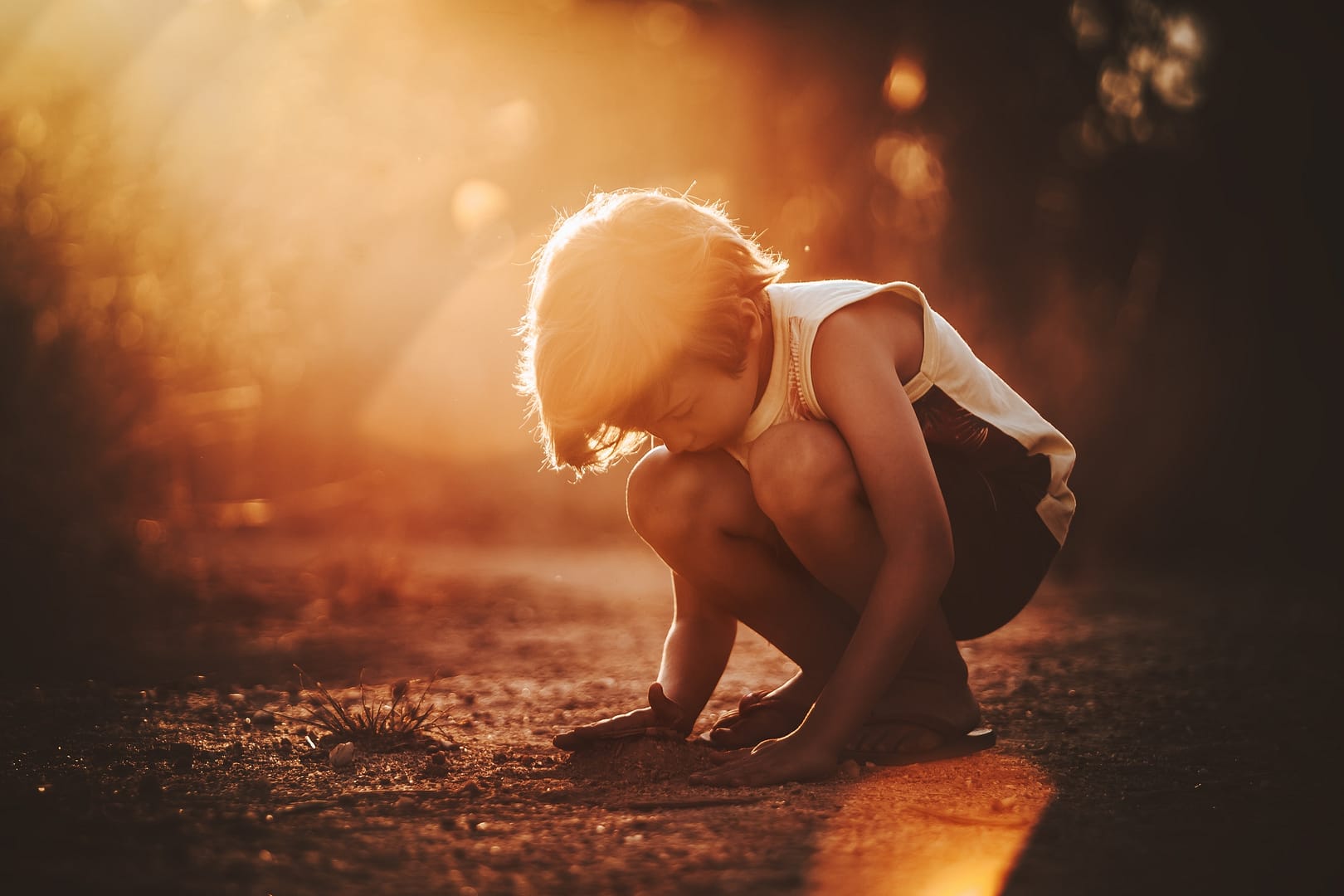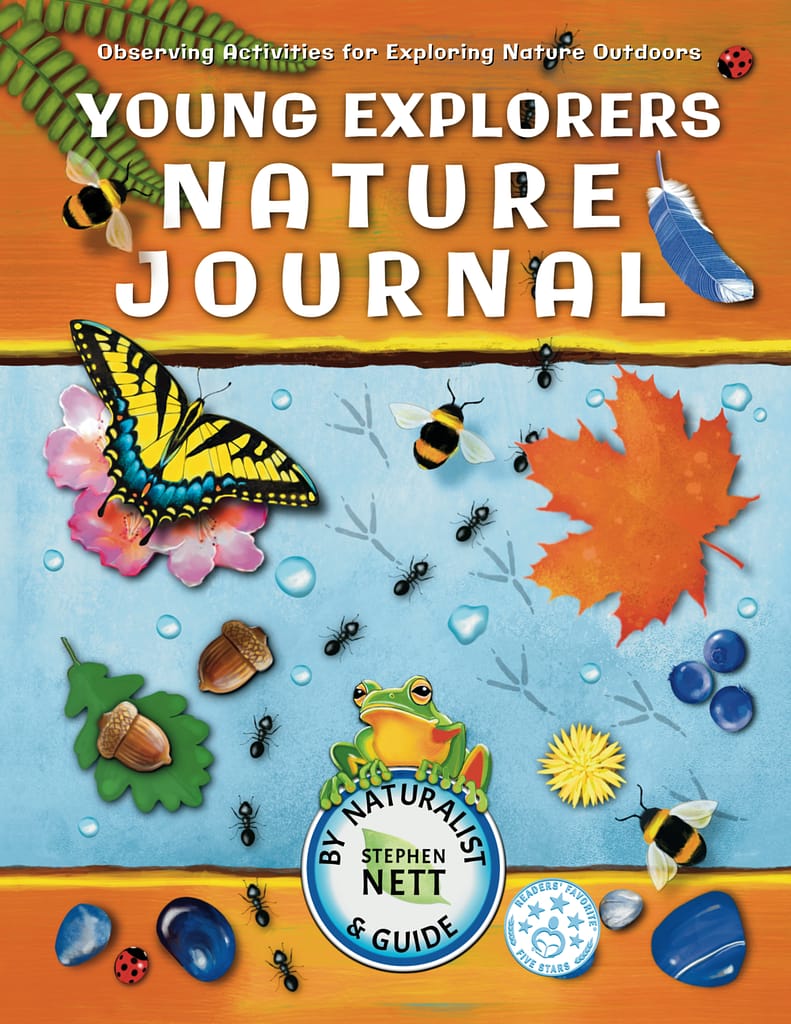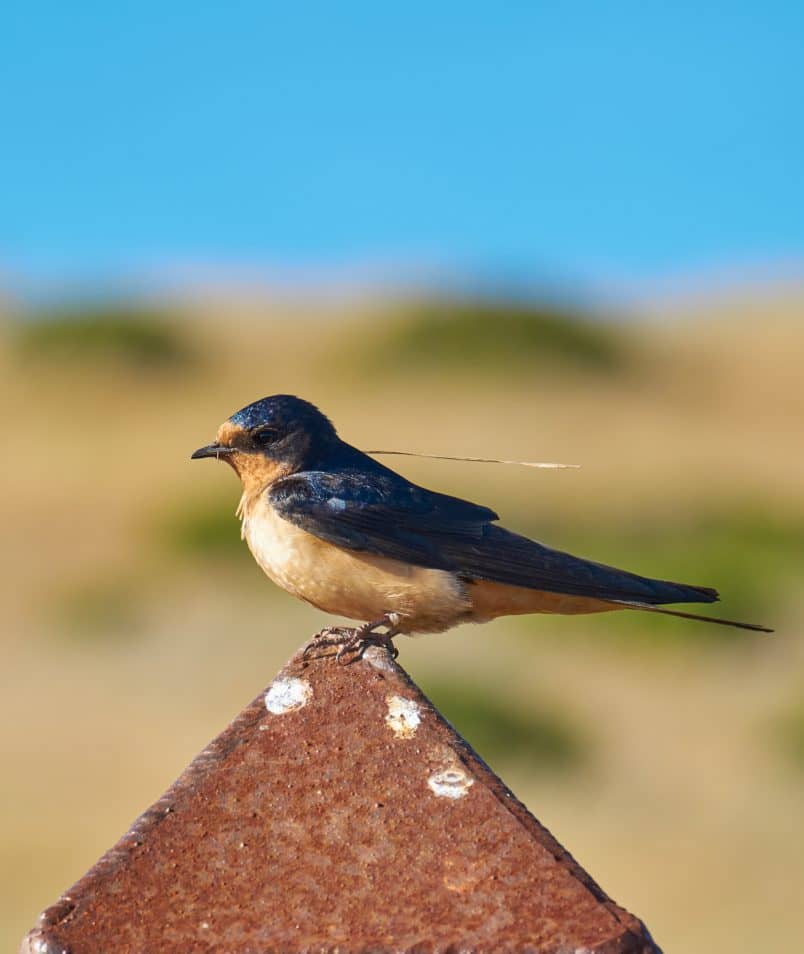IMAGINE A DOLPHIN IN A RED RAINCOAT, DRIVING A SCHOOL BUS.
If you can see that image in your mind now, thank a truly remarkable mental ability you have:
Imagination
Usually, we associate imagination with creativity, a “play thing”. But that’s actually the least of its powers.
Imagination is also an advanced survival tool, one we use every day. And new research suggests we may be missing its real role in childhood learning, education and development.
It not only helps us navigate a wide range of challenges in life, we often use it in ways we don’t even realize.
What’s going on when we imagine?
You’ve probably never seen a dolphin driving a bus . So what happened when I suggested it up there? First, your mind went hunting for the concepts of “dolphin” and “bus” and “raincoat” in your banks of memory. It selected some visual images, checked they were correct, and then assembled them together, in a fairly realistic way. Finally, it served up a finished composition for you to ‘see’. All in about a second.
What’s truly stunning about that process is that it was entirely automatic. You didn’t direct your mind to do it. Neurons in your brain jumped to work as soon as you read the sentence up there.
Which tells us, we are primed, in advance, to imagine.
You probably even got the color of the school bus right.
So why do we have this rapid, automatic capability? That’s a story all its own (I’ll post it soon), but here are the essential facts: imagination lets us quickly conceptualize things we may never have experienced, that haven’t yet happened, or aren’t even real, and connect them with the known reality we’re in.
Ways we’re using imagination without even knowing it
Think about some of the things you’ve recently imagined:
- what kind of food you want to eat, before you go out
- a conversation you need to have with your doctor, or boss
- what you’d like (and don’t want) for your birthday
- directions to a particular location so you can tell someone how to get there
- what your significant other or best friend is feeling
- what it would be like to take a big bite of a raw lemon.
(Did your mouth just go sour imagining that? Imagination is powerful.)
Each of these activities required the skillful use of imagination.
Where does imagination come from?
Imagination works by drawing on reservoirs of things we’ve stored away in memory — words, images, emotions, sounds and experiences; ideas about how things work, people and relationships, and so much more.
New theories about imagination suggest it’s really a type of skill. And how good we become at imagining can have a profound impact on our happiness, success and future life. It affects the choices we think we have, our decisions, our sense of self, and how we view reality.
Could you prepare a delicious dinner, if you couldn’t imagine how it’s supposed to taste?
Blank slate
The research is clear: no one is born with imagination pre-installed. It only begins to develop bit by bit in childhood as we start to identify things in the world around us, learn language, and gain practical experience.
Think of those things as imagination’s building blocks.

Studies show that by 18 months most youngsters are able to imagine the pain they’ll feel if they try to stand up under a low table.
Around two, children begin to play pretend, with the incredible ability to simultaneously imagine a box as both a box, and a castle or pirate ship.
By age three, research says, most children already understand there’s a difference between what’s fantasy, and what’s real. By five or six they can tell when something violates physical reality, like special effects in movies or games, or Santa Claus and the Easter Bunny. By 8, interest in pretend play is being replaced by a growing focus on understanding the real world, and realism.
As a child’s ability to imagine grows stronger, they will use it more frequently for games, problem solving, learning of all kinds, forming relationships, building inner confidence, making decisions, and experimentation.
And that’s why building a healthy imagination is critically important to children. It’s a foundation they’ll use for the rest of their lives.
How do we build a healthy imagination?
The first key to a strong and active imagination is a rich mental data bank.
Consider the prompt that started this article. Imagine you’d never been introduced to dolphins, buses or raincoats. When I suggested them to you, you’d have imagined — nothing.
It would be like trying to imagine partinklos shoveling grimps inside a flamp. Getting anything?
That’s how it is for children, in the beginning.
Children’s brains accumulate content for their imagination from what they’re exposed to. And, the limits of their imagination will be defined by how varied and rich the world they’re exposed to, is.
Why Nature is essential to a child’s imagination
So, how can educators, parents and care givers help build healthy imaginations? There are plenty of available choices.
But spending time outside has proven advantages for learning. And nature provides a truly unique environment for both establishing and stimulating a healthy imagination, for multiple reasons. Here are five.

1. Nature is an infinitely rich playground
The outdoors is filled with layer upon layer of ever-changing content, just waiting to be discovered. Nature is loaded with shapes and colors, smells and textures, animals and other living surprises, as well as engaging objects that can be easily adapted for play, tools, construction, creative art and investigation.
Importantly, because nature’s content is produced according to natural laws, it presents ‘reality’ in a consistent, non-manipulated, reliably sound way.
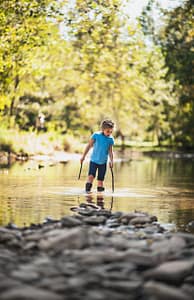
2. Nature is filled with connections, cause and effect
Nature allows us to directly experience how things are linked together, and the many ways they’re connected. When wind blows, leaves scatter and seeds fly. Clouds can deliver rain. Water runs and can form pools. Flowers open, insect’s wings buzz, fruit forms.
Time in nature allows us to observe associations —between feathers and flight, fish fins in water, cold weather to ice and snow. These connections form frameworks that are crucial to understanding how the world works.
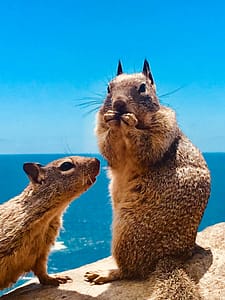
3. Nature is filled with other living creatures
It may be obvious, as adults, that we are not alone on the planet. That’s an extremely important discovery for children, given the levels of alienation kids feel today. Outdoors, we’re being observed, as well as observing. Outdoors, we can learn a lot about how living things behave. Most move with purpose, like plants towards sunlight, birds to nests, or bees to flowers, or in patterns, like ants.
Direct contact with other creatures helps us learn that our planet’s animals can be hurt — or protected — by our actions. And that we can form relationships with them, as simply as giving them names, or caring for their homes.
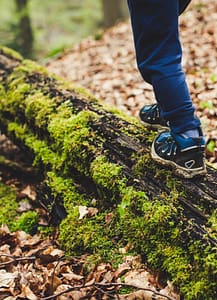
4. Nature encourages physical understanding
Using imagination often involves taking some kind of action, and being outdoors opens a wealth of opportunities to explore activity: walking in dirt or sand, balancing, running, jumping, swimming, hiding, climbing, building, exploring.
Those experiences are rich sources of information, about things like speed and self-control and self-confidence, the strength of branches, distances and limits, interacting with others, and the pleasures of active discovery, as well as skills development.
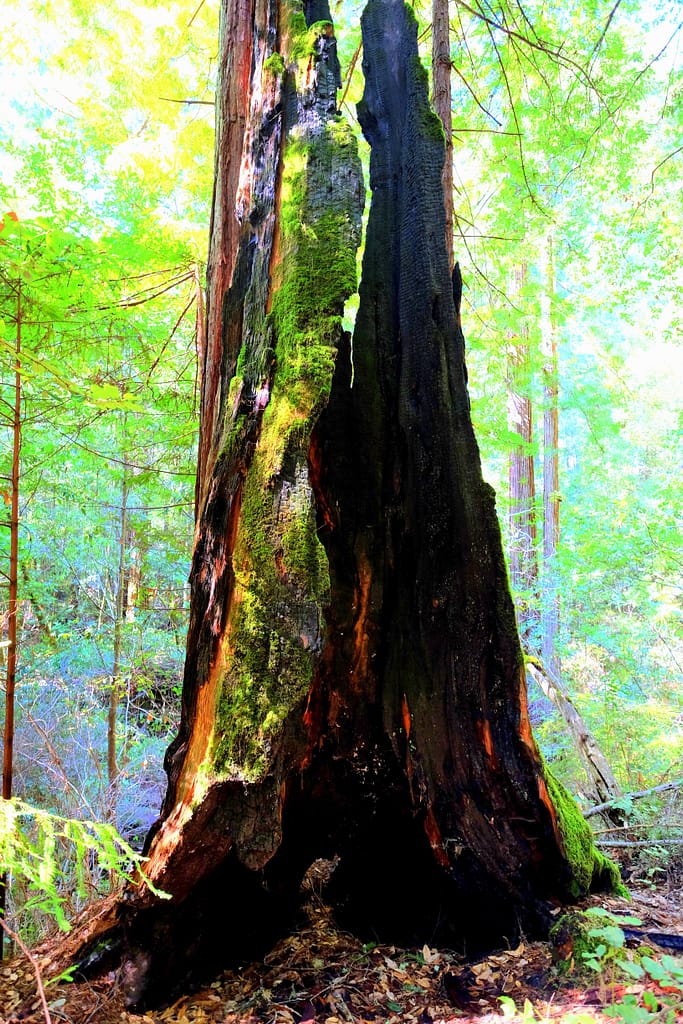
5. Nature is big, bigger, biggest
Learning how we fit in the world — that there are things both much smaller and much larger than us — is an important bit of context, and nowhere on better display than outdoors. The scale of the sky or mountains, forest trees, pebbles and tiny insects, can be directly experienced, without any artificial separation.
Experiencing the grand scales of nature encourages us to step outside of our internal world, and wonder.
Unlike screen or classroom time, experiences in nature are direct from the source, and that gives them an unbiased richness and depth that even the best human-made content can only approximate.
And the building blocks nature provides – for free – haven’t been filtered or manipulated or juiced up to serve commercial or other purposes. Natural laws form all the content here, and shape the reality we take with us.
But Nature is boring!
Realistically, compared to the wall-to-wall stimulation available on the internet and other media, the natural world outdoors can feel opaque, boring, and uninteresting to kids.
Richard Louv, the author of Last Child in the Woods, who coined the term ‘nature deficit disorder’, had a fourth grader tell him “I like to play indoors better ’cause that’s where all the electrical outlets are”.
True, nature does not instantly serve up constantly engaging and immediately rewarding content — indeed, it leaves most of the interaction up to the child, themself.
But that’s actually important. Boredom is a prime motivator to imaginative thought. When we have little to occupy our attention, our brain readily steps in to fill the space, with imagination. Boredom is the empty canvas on which imagination most vividly creates.
Conversely, when we’re consuming electronic content, there’s less room for imagination. As we follow along with content we’re fed, we’re letting external sources steer our attention, and effortlessly fill in the blanks for us.
Like a skill, imagination grows stronger with use
Imagination, studies show, responds like a skill, growing stronger and more nimble when we put it to use. Spending time imagining helps develop our ability to make wider connections, have more innovative ideas and creative insights.
In fact, a range of studies have found that simply taking a walk in nature, without distraction, measurably improves problem solving, finding solutions and inspiration.
Children are primed and eager to build their imagination — and there’s nothing better than nature to help them do it.
